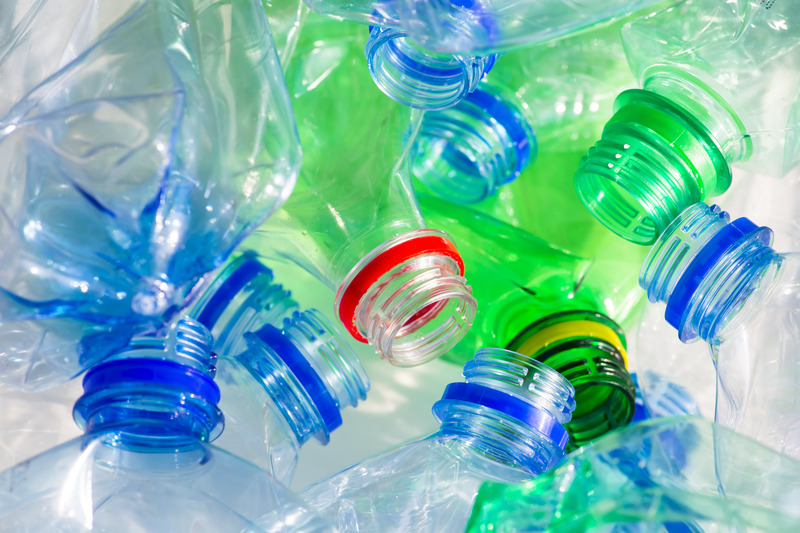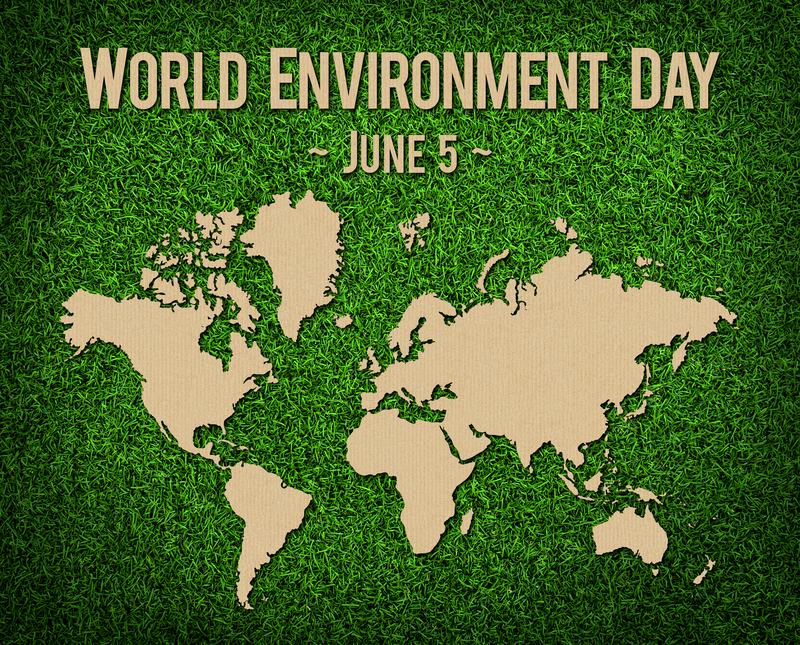Understanding Waste Hazard Levels: A Comprehensive Guide
Waste management is a crucial aspect of environmental protection and public health. One of the foundational steps in responsible waste disposal is determining the hazard level of waste. Proper identification and classification help ensure safety, legal compliance, and resource optimization. This detailed article delves into the process, methods, and significance of evaluating the danger associated with various waste types.

What Does "Hazard Level of Waste" Mean?
The hazard level of waste refers to the degree of threat or risk that the waste poses to human health, animals, and the environment. Different wastes have varying properties--some may be benign, while others could be toxic, flammable, corrosive, or reactive. Recognizing these characteristics is central to waste classification, a practice embedded in international and national waste regulations.
Why is Determining Waste Hazards So Important?
- Protecting Human Health: Mishandled hazardous waste can cause severe injuries, illnesses, or chronic diseases.
- Environmental Safety: Toxic substances can pollute air, water, and soil, leading to long-term damage.
- Legal Compliance: Regulations require waste producers and handlers to identify and categorize waste accurately.
- Cost Efficiency: Properly categorizing waste minimizes disposal costs and reduces liability.
- Resource Recovery: Identifying non-hazardous waste can allow for easier recycling and reuse.
Main Steps in Determining the Hazard Level of Waste
Assessing the hazard category of waste involves several systematic procedures. Below is a step-by-step overview for effective hazardous waste identification.
1. Waste Characterization
The process begins with waste characterization, which involves analyzing the physical, chemical, and biological properties of the material.
- Physical Analysis: Examining the color, state (solid, liquid, gas), odor, and texture.
- Chemical Analysis: Evaluating for toxic, corrosive, flammable, or reactive substances.
- Biological Analysis: Identifying any pathogenic or infectious components.
2. Identifying Waste Source and Composition
- Source Identification: Understanding where the waste came from (e.g., industrial, medical, household).
- Component Analysis: Breaking the waste down into its constituents can reveal hidden dangers, such as heavy metals, volatile organic compounds, or persistent organic pollutants.
3. Matching Waste with Hazardous Characteristics
Hazardous characteristics are internationally standardized and typically consist of:
- Ignitability (easily catches fire)
- Corrosivity (damages materials or tissues)
- Reactivity (explosive or prone to dangerous reactions)
- Toxicity (poisonous to living organisms)
- Infectiousness (carries pathogenic organisms)
If the waste matches any of these characteristics, it is classified at a higher risk level for disposal and handling purposes.
4. Comparing with Regulatory Lists
Different countries and organizations publish lists of hazardous wastes. Examples include the U.S. EPA's "F-list," "K-list," and the European Waste Catalogue (EWC). Cross-referencing waste against these inventories provides a strong indication of its hazard potential.
5. Conducting Laboratory Tests
When documentation is insufficient, laboratory analysis is essential. Common tests include:
- Toxicity Characteristic Leaching Procedure (TCLP): Measures chemical release when waste is exposed to liquids.
- pH Testing: Checks for corrosivity.
- Flash Point: Determines ignitability.
- Bioassays: Establishes biological and infectious hazards.
Key Categories of Waste Hazards
Waste can be categorized based on the risks they pose. Below are the main classifications considered when establishing the hazardous waste hazard level:
1. Toxic Waste
- Contains substances harmful to living beings, such as heavy metals (lead, mercury) or persistent organic pollutants (dioxins, PCBs).
2. Flammable Waste
- Easily catches fire; includes solvents, certain paints, and chemicals.
3. Corrosive Waste
- Capable of destroying living tissue or materials on contact; typically has extremely high or low pH values.
4. Reactive Waste
- May explode or produce toxic fumes when combined with water or exposed to heat.
5. Infectious/Biological Waste
- Includes waste contaminated with pathogens, such as hospitals' materials or laboratory specimens.
International Standards for Hazardous Waste Identification
Many regulatory frameworks set guidelines for the assessment of waste hazard levels. Some of the most significant global standards include:
- Basel Convention: International treaty restricting the cross-boundary movement of hazardous waste.
- Resource Conservation and Recovery Act (RCRA), US: Defines hazardous waste characteristics and listings.
- European Waste Catalogue (EWC): Standardized codes for different types of waste and associated hazards within the European Union.
- Globally Harmonized System (GHS): Defines criteria for hazardous chemicals and their labeling.
Tools and Resources for Determining Waste Hazard Levels
To support accurate classification, the following resources and tools are commonly utilized:
- Safety Data Sheets (SDS): Essential for chemical and product safety information.
- Waste Analysis Plans: Provide structured approaches for repeated waste streams.
- Regulatory Guidance Documents: Offer checklists, flowcharts, and process diagrams.
- Online Databases: The EPA and ECHA provide valuable search tools for chemical hazards and regulations.
Challenges in Assessing Hazard Levels of Waste
While frameworks exist, determining the hazard rating of waste is sometimes complex, due to:
- Unidentified or mixed wastes: These may contain hidden hazardous components.
- Lack of documentation: Some waste origins or compositions are poorly recorded.
- Rapidly evolving products: New chemicals and products require frequent re-evaluation.
- Regulatory differences: Not all jurisdictions use the same criteria for hazardous waste classification.
Best Practices for Accurate Waste Hazard Determination
- Maintain Detailed Records: Document waste generation processes and any changes in raw materials or processes.
- Train Personnel: Ensure staff responsible for waste management understand identification criteria and procedures.
- Perform Regular Testing: Schedule periodic laboratory analyses, especially for variable or new waste streams.
- Stay Updated: Follow evolving laws and industry standards for classifying hazardous and non-hazardous waste.
- Consult Experts: Use environmental consultants when dealing with mixed or unfamiliar waste types.
- Implement a Waste Management System: Use digital or manual tracking systems to monitor waste types, quantities, and hazard ratings over time.
Examples: Applying Hazard Level Determination in Various Sectors
Industrial Sector
Metal finishing plants often generate sludge. By testing for heavy metals and corrosive properties, they must classify such sludge as hazardous for proper disposal.
Healthcare Facilities
Hospitals produce both infectious and chemical wastes. Labs perform bioassays for pathogens and routine chemical analysis for toxicity and reactivity, aligning with medical waste regulations.
Household Waste
Common household items--like cleaning agents, batteries, or leftover paints--require careful examination. Households should refer to local guidelines for safe disposal of hazardous household waste.
Construction and Demolition
Waste from building sites is analyzed for asbestos, lead-based paints, and other dangerous components before demolition debris is shipped off for landfill or recycling.
Consequences of Misclassifying Waste Hazard Levels
Failing to accurately determine the danger level of waste can have far-reaching impacts, such as:
- Regulatory Fines: Legal penalties for improper disposal of hazardous material.
- Environmental Damage: Unchecked pollution of air, soil, and waterways.
- Public Health Issues: Increased risk of illness or injury to workers and the public.
- Reputational Loss: Companies found violating waste laws may suffer from a damaged public image and lost business.
Future Trends in Waste Hazard Assessment
Modern advancements are streamlining the classification of hazardous waste. Some emerging trends include:
- Artificial Intelligence & Automation: Digital sensors, data analytics, and AI can quickly identify hazardous characteristics and alert operators.
- Blockchain Technology: Strengthens traceability and reporting for waste streams.
- Green Chemistry: Substituting hazardous chemicals with safer alternatives to minimize hazardous waste generation.
- Global Harmonization: International agreements are moving toward uniform standards for waste hazard classification, simplifying multinational compliance.

Conclusion: Mastering the Art of Waste Hazard Level Determination
In summary, determining the hazard level of waste is vital for legal compliance, environmental stewardship, and occupational safety. Whether you manage industrial, healthcare, household, or construction waste, a systematic approach--rooted in best practices and regulatory frameworks--prevents hazards and supports sustainability.
Stay informed, remain vigilant, and seek professional guidance as you build a robust waste management program focused on accurate and responsible waste hazard classification.
Key Takeaways
- Understanding and identifying waste hazard levels is non-negotiable for any responsible waste generator or handler.
- Stay current with regulatory requirements and industry best practices to ensure effective and sustainable waste management.
- When in doubt, consult official lists, laboratory tests, and experts--misclassification can be costly and dangerous.
References & Further Reading
- USEPA: Hazardous Waste Identification
- Basel Convention Official Website
- European Chemicals Agency: GHS Explained
- UK HSE: Waste Classification
Empower your waste management strategy--determine hazard levels with accuracy and care for a safer future.